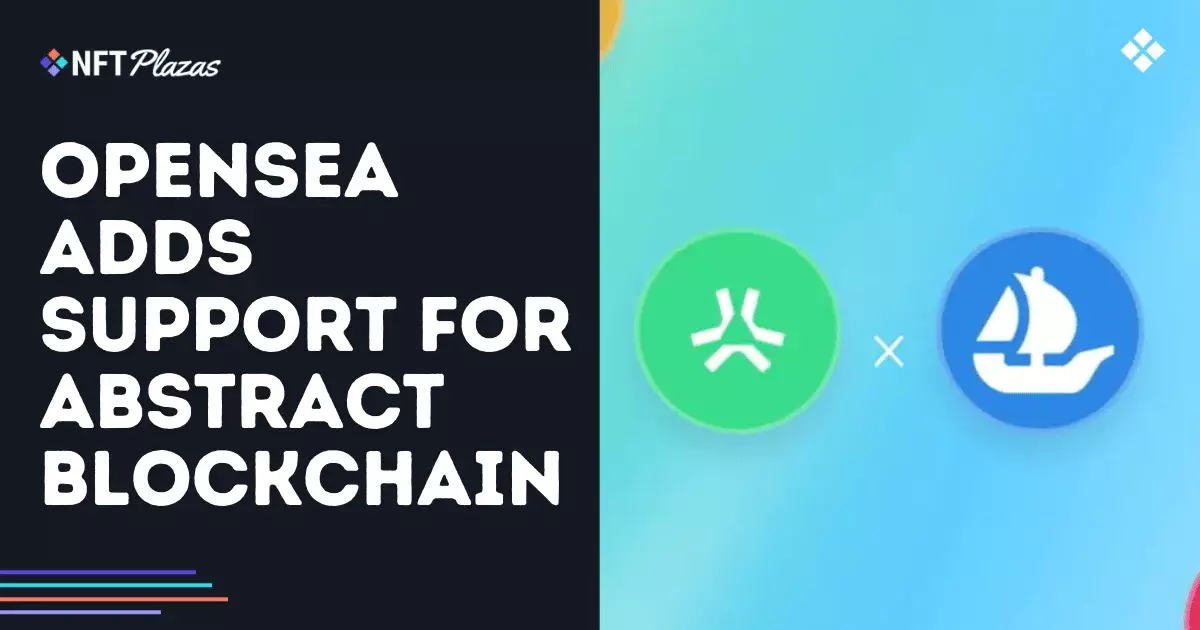OpenSea, a titan in the NFT marketplace, has recently added the Abstract blockchain to its roster of supported networks. This decision, while it may seem like a positive expansion into the realm of digital collectibles, raises several unsettling questions about the trajectory of the NFT space and the long-term implications of such widespread inclusion. As one of the largest marketplaces, OpenSea’s move to embrace additional blockchains is commendable, yet it paints a picture of either robust adaptability or a concerning overextension that could undermine the platform’s quality and security.
The Risks of Layer 2 Adoption
Abstract is built on Layer 2 technology that employs zero-knowledge rollups (ZK-rollups) to process transactions off the Ethereum mainchain. On paper, this approach promises low-cost transactions and faster confirmation times. However, the reliance on such technology introduces potential vulnerabilities, especially as the landscape becomes increasingly fraught with hacks and exploits. In adopting Abstract, OpenSea may be placing its considerable user base at risk, raising alarms about whether they are prioritizing growth over security and stability.
Market Saturation: A Double-Edged Sword
With the addition of Abstract, OpenSea now claims to support 19 different blockchains. This multi-chain strategy may sound appealing, but it also contributes to an ever-growing market saturation that can dilute the value of NFTs. As varied chains proliferate, the uniqueness and potential value of an NFT may diminish, leading to a future where digital assets lose their luster in a crowded marketplace. The result? Investors and collectors may end up disillusioned, trapped in a cycle of futile speculation.
Calculating Costs Beyond Economics
While the economic appeal of lower transaction fees and high-speed processing is undeniable, we must not overlook the environmental implications of expanding into multiple blockchains. Each layer of new technology employed adds complexity to the carbon footprint associated with blockchain usage. It’s easy for OpenSea to tout the cost-effectiveness of Abstract, but they must also grapple with growing concerns surrounding the environmental impact of their operations. Center-right principles advocate for responsible development that balances economic growth with ethical considerations; OpenSea must heed these guidelines as they pivot towards a multi-chain future.
Shifting Trust and User Experience
Finally, as OpenSea merges its infrastructure with an emerging blockchain like Abstract, user trust may waver. Collectors are inherently cautious; the saturated and shifting nature of this newly expanded ecosystem could lead to confusion and a fragmented user experience. Trust, once broken, is not easily rebuilt. OpenSea’s latest venture into the Abstract blockchain may risk alienating its core user base if the transition is not handled with the utmost care and foresight.
The addition of the Abstract blockchain to OpenSea’s offerings may signal progress or merely an act of desperation to keep up with a rapidly evolving landscape. In any case, the implications of such a shift deserve more scrutiny.















Leave a Reply